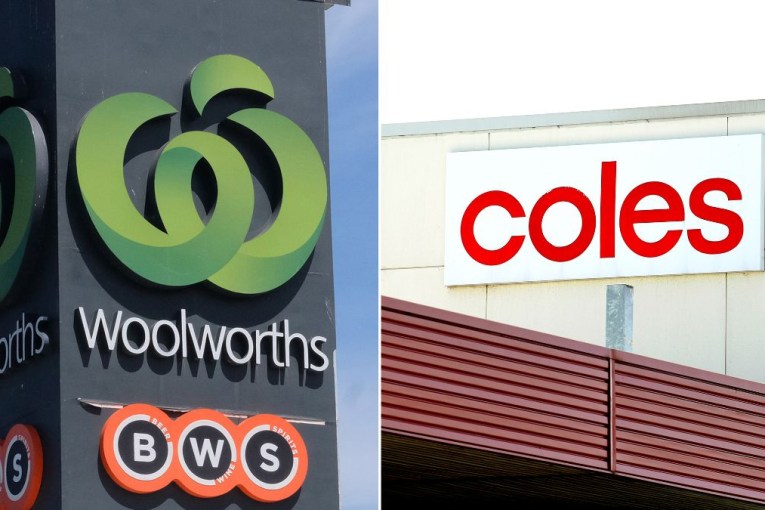Deteriorating rental affordability prompts renewed calls for JobSeeker increase


Only 1 per cent of rental properties currently on the market are affordable for JobSeeker recipients. Photo: Getty/TND
Less than a thousand rental properties across the country are affordable to out-of-work Australians, new research shows.
And with the official unemployment rate at 7.4 per cent and rising, advocacy groups warn that planned cuts to JobSeeker payments will force thousands to choose between food and shelter.
In an update to its annual rental affordability snapshot published in April, Anglicare reported that only 808 rental properties out of 77,000 nation-wide listings (1 per cent) today are affordable for JobSeeker recipients.
And should the government go ahead with planned cuts to JobSeeker, that figure will fall to 168 properties in September (0.2 per cent) and just 13 properties in January.
Tweet from @anglicare_aust
Speaking to The New Daily, Anglicare executive director Kasy Chambers said the lack of affordable housing will mean some unemployed Australians will find themselves homeless.
For many more, however, it will mean making difficult decisions about their money.
“People will have to make decisions about food, both the quantity and quality,” she said.
“They will have to make choices about their health, not be able to follow through on appointments, prescriptions, and certainly not dental care.”
These Australians can’t afford for the JobSeeker rate to be returned to its $280-a-week level, Ms Chambers said, and government needs to consider permanent increases.
Food support under immense pressure
Anglicare’s warnings come as food relief network Foodbank battles with skyrocketing demand and complications with their supply networks.
Foodbank saw demand jump 78 per cent by the height of the pandemic in May.
Meanwhile, a combination of state border closures and supermarket panic-buying forced the organisation to buy more food in three months than it had bought in the previous three years.
Although some of that pressure has since eased, Foodbank CEO Brianna Casey said the outlook remains tough.
Tweet from @FoodbankVic
“We never say never – we’re not saying we’ve hit a demand peak, we’re not saying we know what will happen next,” she said.
“We’re having to be incredibly dynamic and creative in everything that we do.”
Ms Casey noted that much of the increased demand has come from newly unemployed Australians who are not used to living off such a strict budget.
At the same time, many traditional food relief recipients have been able to buy all their groceries – some for the first time in years – because of the weekly $550 JobSeeker payments.
“It’s been a marked shift,” she said.
“What we’re keen to know is if we’ll see a shift back again when government assistance is reduced – and what that will mean for the total volume of vulnerable Australians and the assistance they need.”








